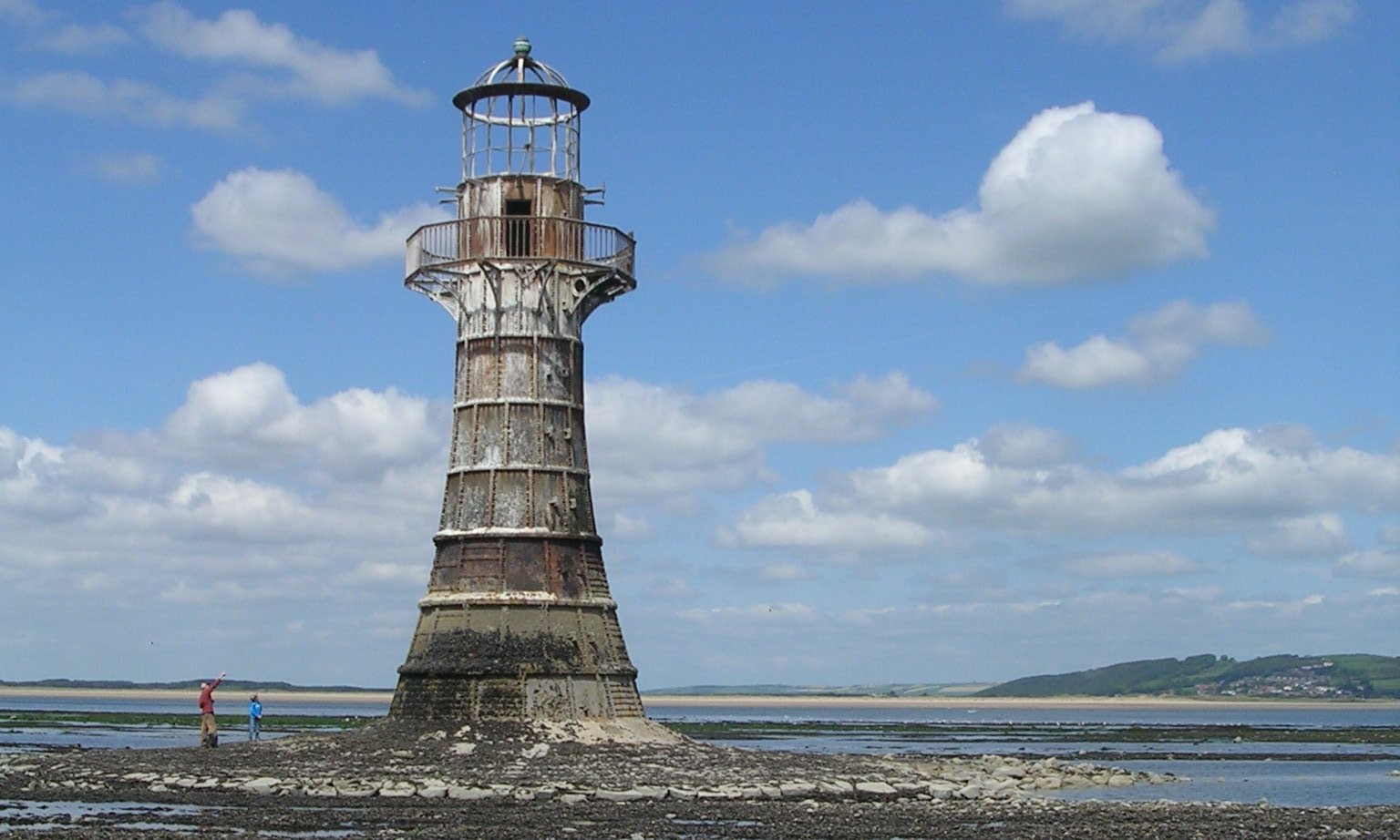Whiteford National Nature Reserve in Swansea
Whiteford National Nature Reserve in Swansea is one of the must-visit places due to the nature and wildlife that it preserves and scenic views. It has diverse habitats from Sandy beaches, grassy dunes, and wetlands to forests situated on the remote northwestern corner of the Gower Peninsula.
Gower Peninsula's northern tip is formed by grassy dunes dotted with patches of coniferous woodland, running 1.5 miles northwards from an outcropping of carboniferous limestone, the hard rock that composes the majority of the coastal cliffs. As this region is relatively remote, not directly accessible via road, and hence rarely visited, it is fascinating from a scenic perspective and because of the many different plant species that are found here due to isolation and the wide variety of habitats, including grassland, marsh, forest, and calcium-rich sand.
Known as Whiteford Burrows, the dunes are protected by the Gower National Nature Reserve and are bordered on the west by a wide, sandy beach (Whiteford Sands) and on the east by extensive salt marshes, which stretch over five miles along Gower's north coast and provide secure resting places for birds.
In Whiteford, the main path runs between the dunes and the salt marshes on the east, and a lesser path runs close to the beach on the west. It runs about 4.5 miles in a loop over the whole area, starting from the nearby village of Cwm Ivy.
There is parking in a field on the east side of a dead-end road to Cwm Ivy, which forks from Kyfts Lane in Llanmadoc; a nominal fee needs to be deposited in a box at the entrance. After passing through the village, the road turns into a track and descends slightly, continuing along the base of the limestone escarpment, which rises to a rocky peak, Cwm Ivy Tor, which can be climbed to enjoy a fine view of the surroundings. If we talk about the far side of the Loughor estuary, there are views of an enormous part of the coast as well as dunes and salt marshes along the peninsula’s north edge.
The trail to the north goes through a patch of woods and along the salt marsh, while the other passes through a gate at the entrance to the nature reserve. A path leading northwards leads close to the beach, but at this point, the sands are not so visible because they are separated by 400 feet of bog, tussocky soil, which is partly fenced off as a breeding site for birds. Plants inhabiting the moist land include bog pimpernel, yellow loosestrife, squinancywort, dune pansies, and knotted pearlwort, as well as orchids like marsh helleborine, southern marsh, early marsh, and fragrant.
With the grassy belt narrowing, the path continues northeastward, and soon the beach is visible. Woodland patches, mostly pine plantations, established relatively recently, offer a nice contrast to the outlying areas, which are often hot and exposed to the sun, being always cool and sheltered. Additionally, on sunny days the thin, parallel trunks create a pleasing pattern of light and shadow. There is a disused lighthouse, built-in 1865, at the northernmost point of the dunes at Whiteford Point. At low tide, the land extends another mile north of the point.
On the east side of the nature reserve, the return path is mostly woodland and is frequently surprisingly overgrown and lush. It then crosses more open areas beside the salt marsh, before reentering the forest at the south end. Cwm Ivy Lodge Bunkhouse, a self-catering facility for up to ten people, is managed by the National Trust in this part of the woods.
Do check out Whiteford National Nature Reserve whenever you are in or around Gower or Swansea to experience nature closely.



